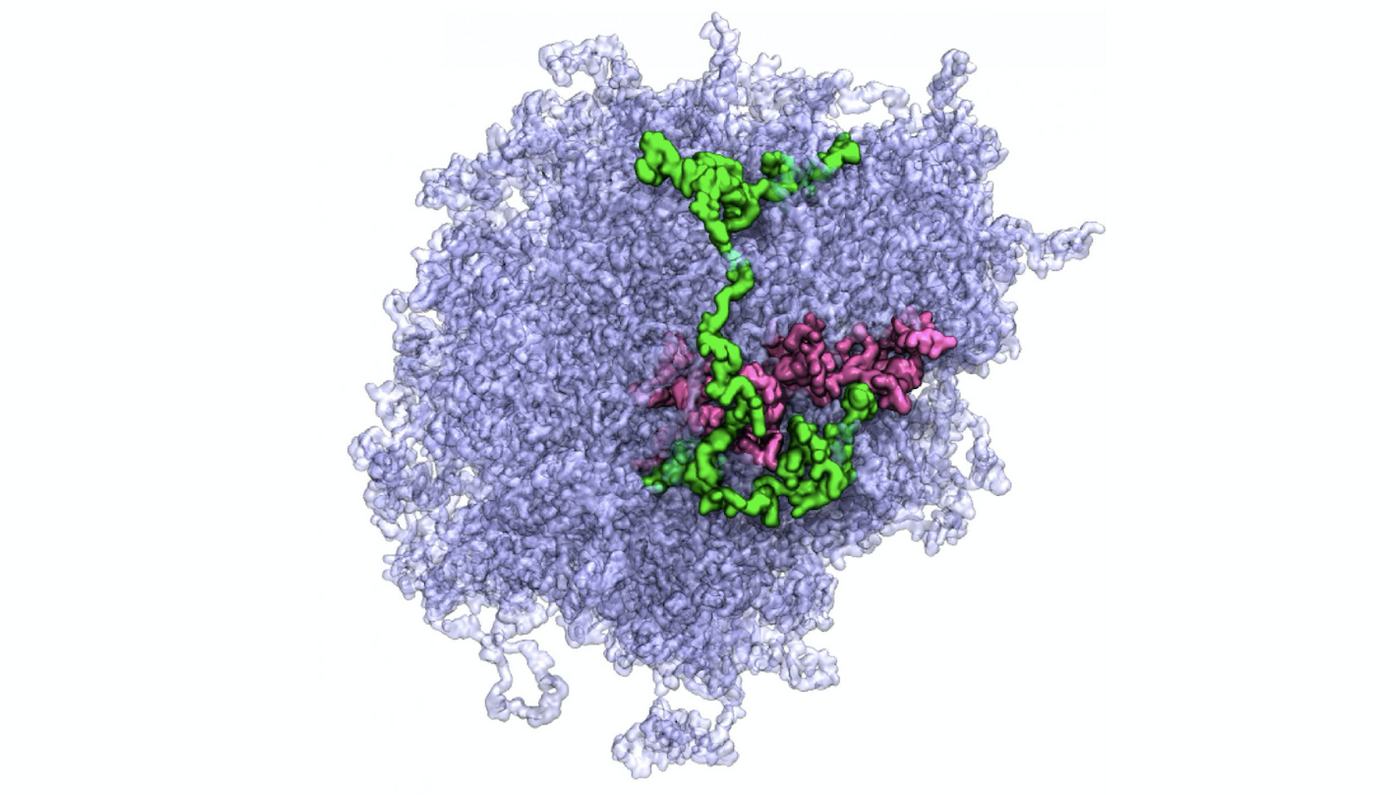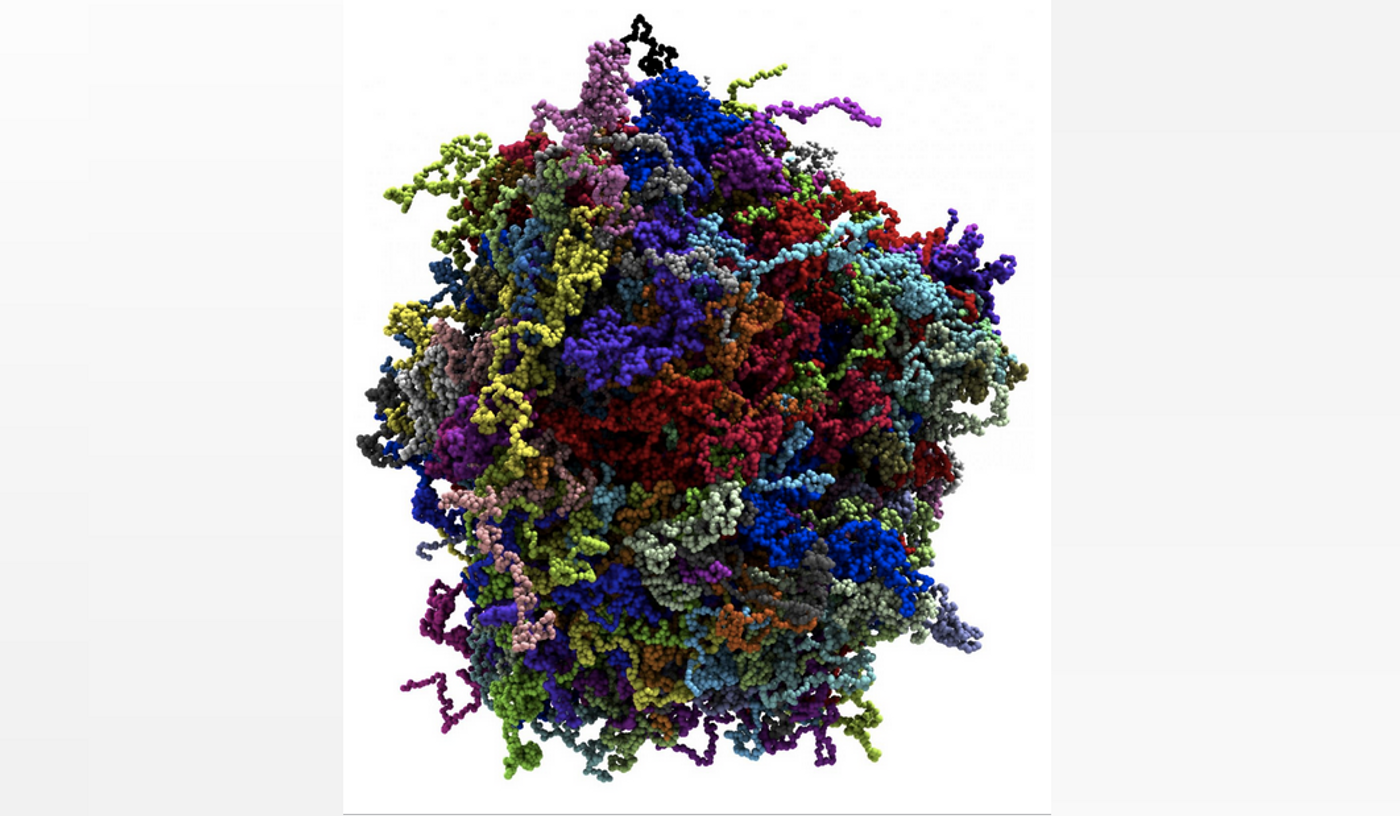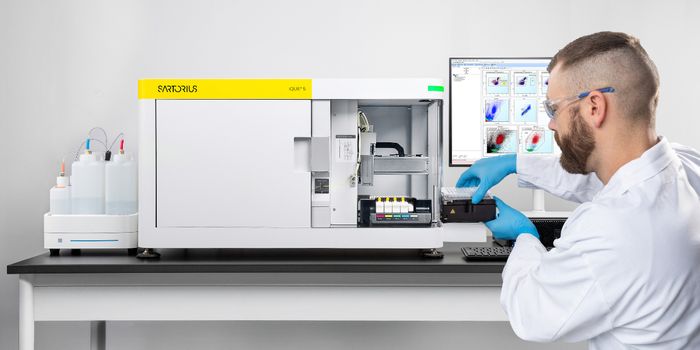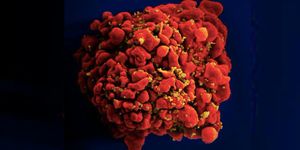Learning More About How Cells Use Phase Separation
If you've combined oil and water you know that liquids do not always mix well. It was once thought that cellular machines called organelles, which are structures bound by membranes, directed most of the action in eukaryotic cells. Recent work has shown, however, that the liquids in cells also seem to separate into phases, concentrating molecules and structures together, potentially to encourage certain processes and reactions. Scientists have been trying to learn more about these so-called membrane-less organelles.
"[Organelles are] there to do certain functions. For instance, mitochondria generate the energy that everything runs on," explained Aleksei Aksimentiev, a professor of physics at the University of Illinois at Urbana-Champaign. "What is common to all of them is that they're surrounded by a lipid membrane. What people recently discovered is there are organelles that don't have lipid bilayers. They assemble spontaneously in the form of droplets. And those organelles have particular functions."
In 2017, researchers began to refer to membrane-less organelles as biological condensates, which have since been linked to a variety of diseases and aging.
"Let's say you have DNA and it suddenly has a break. It's usually a really bad thing because it cannot replicate, but there's a machinery that will come and repair it," he explained. "A bubble of condensate forms that miraculously attracts only the molecules that are required to repair the DNA. There are all kinds of different condensates and they all recruit the right molecules somehow."
We're used to phase changes that are dependent on temperature (like when liquid water freezes to solid ice, or is boiled to water vapor). In the case of phase separation in cells, however, it seems that the concentration of certain molecules affects the formation of these biological condensates, but there is still a lot we don't understand.
"We don't know exactly how it works," Aksimentiev admitted. "I'm specifically interested in how this recruitment happens, and how molecules recognize other molecules."
Aksimentiev works with the Frontera supercomputer at the Texas Advanced Computing Center (TACC) to study this process. Interactions in biological systems with millions of atoms can be simulated on the timescale of milliseconds, as biology happens. But biological condensates aren't systems with rigid structures, and they are difficult to simulate.
Reporting in the Journal of Physical Chemistry Letters, Aksimentiev and graduate student Han-Yi Chou were able to generate a graphical representation that illustrates the physical states of a biological condensate - a phase diagram - for fused in sarcoma (FUS).
FUS can regulate various aspects of gene expression and can bind to DNA and RNA binding protein. The phase separation properties of an FUS condensate can be reproduced in a model that included its critical concentration and vulnerability to mutations. The researchers were able to use it to learn more about the condensate's thermodynamic properties and associate them with changes in the shape of condensate molecules. Computer models can, therefore, be used to study various aspects of membrane-less organelles.
Sources: AAAS/Eurekalert! Via University of Texas Austin, Texas Advanced Computing Center, Physical Chemistry Letters










